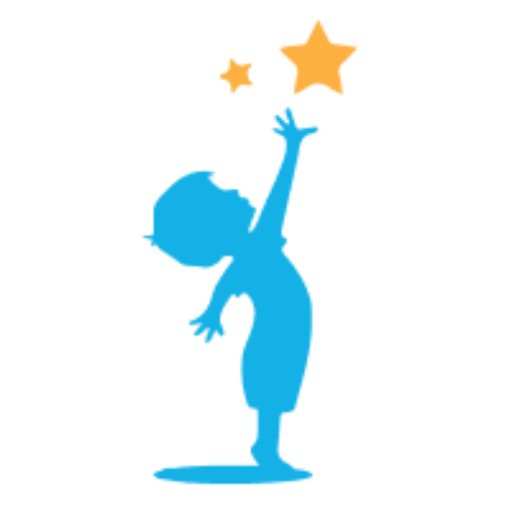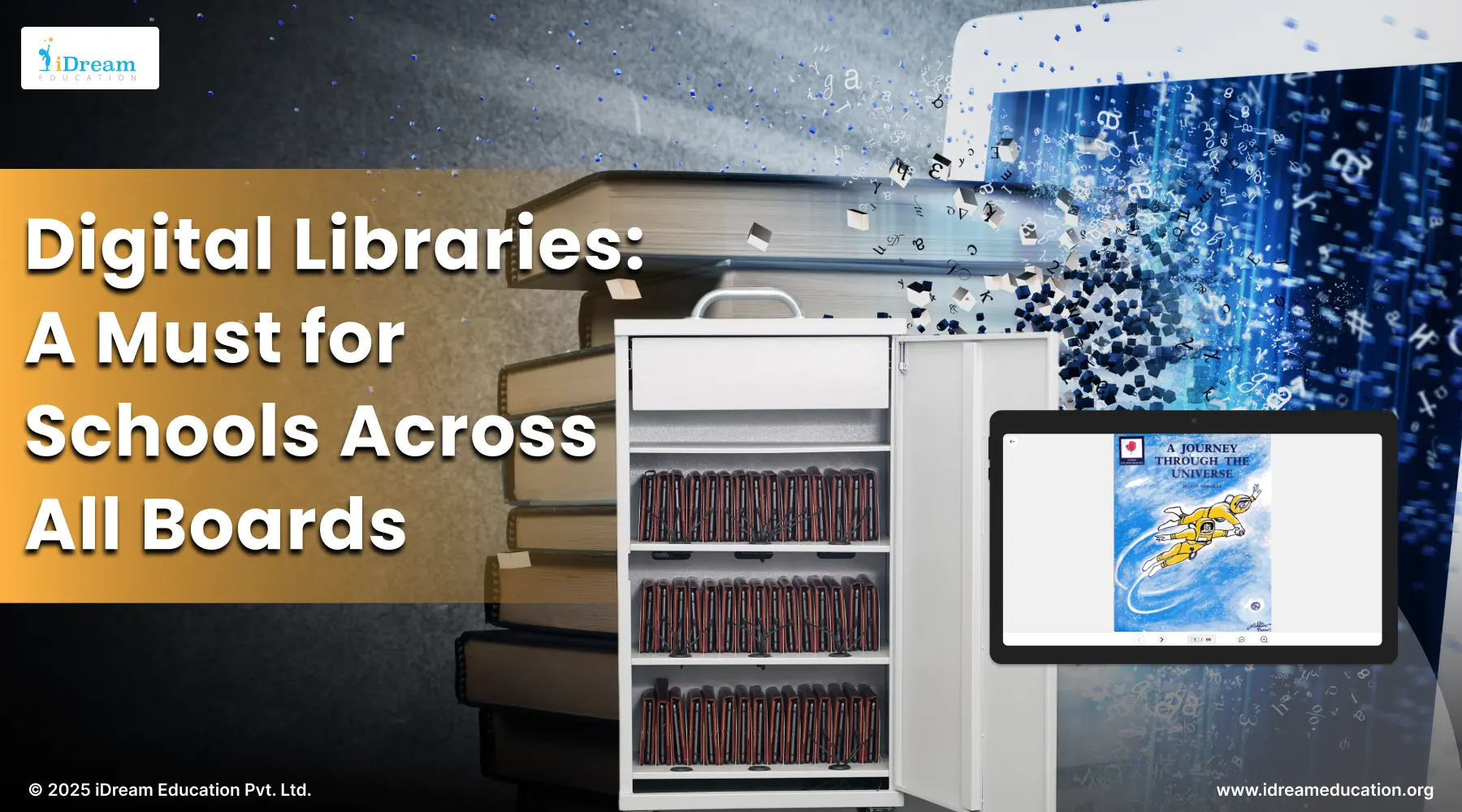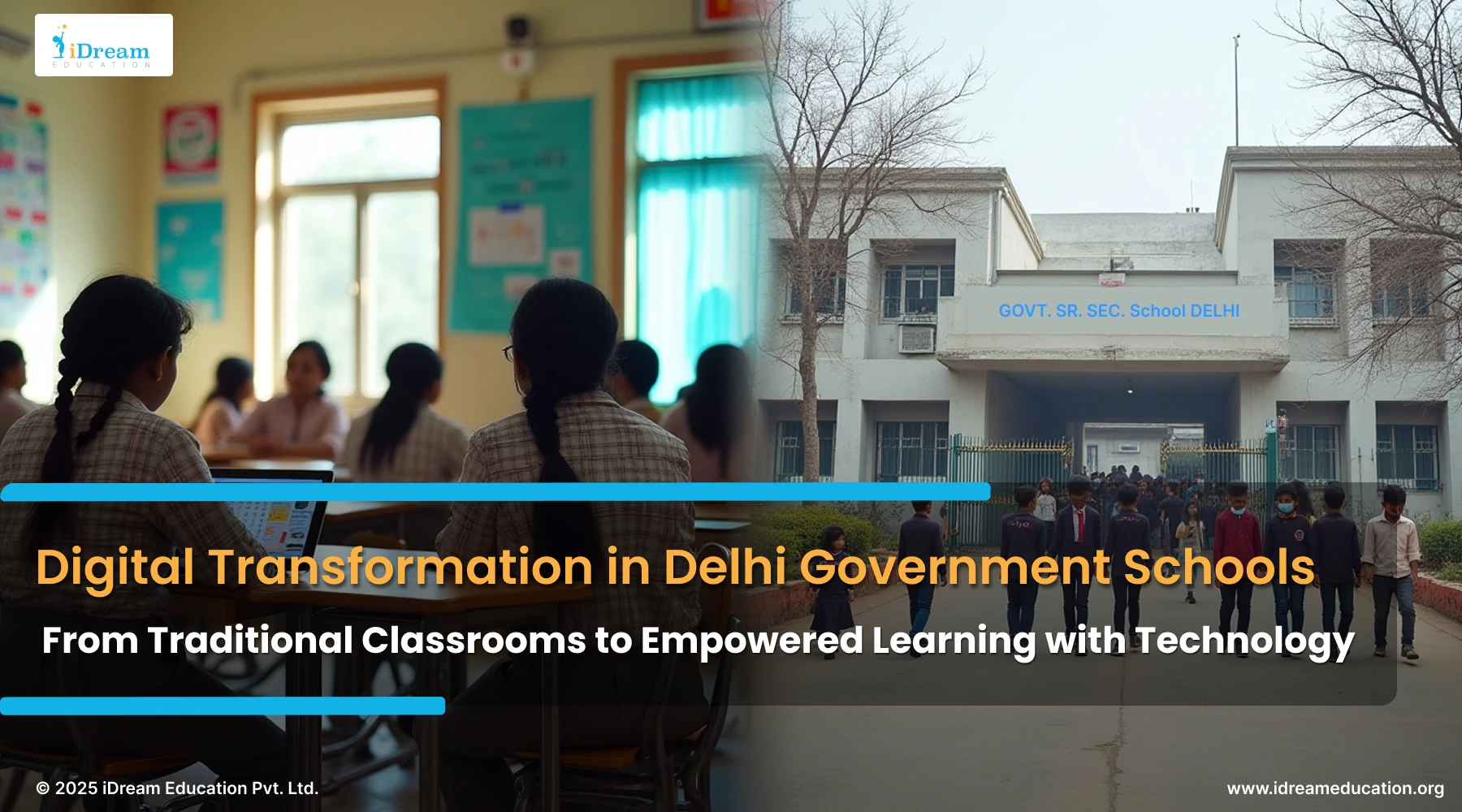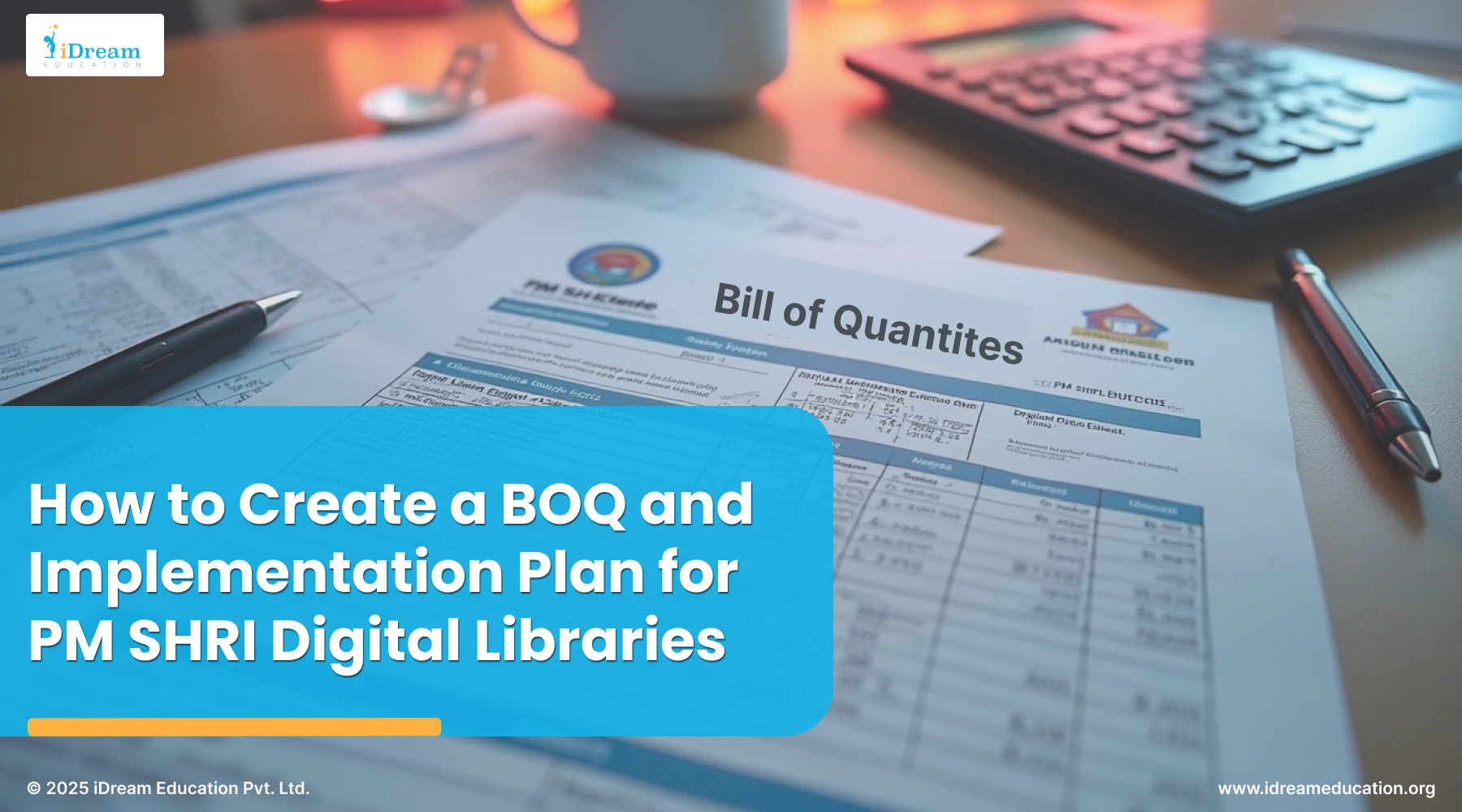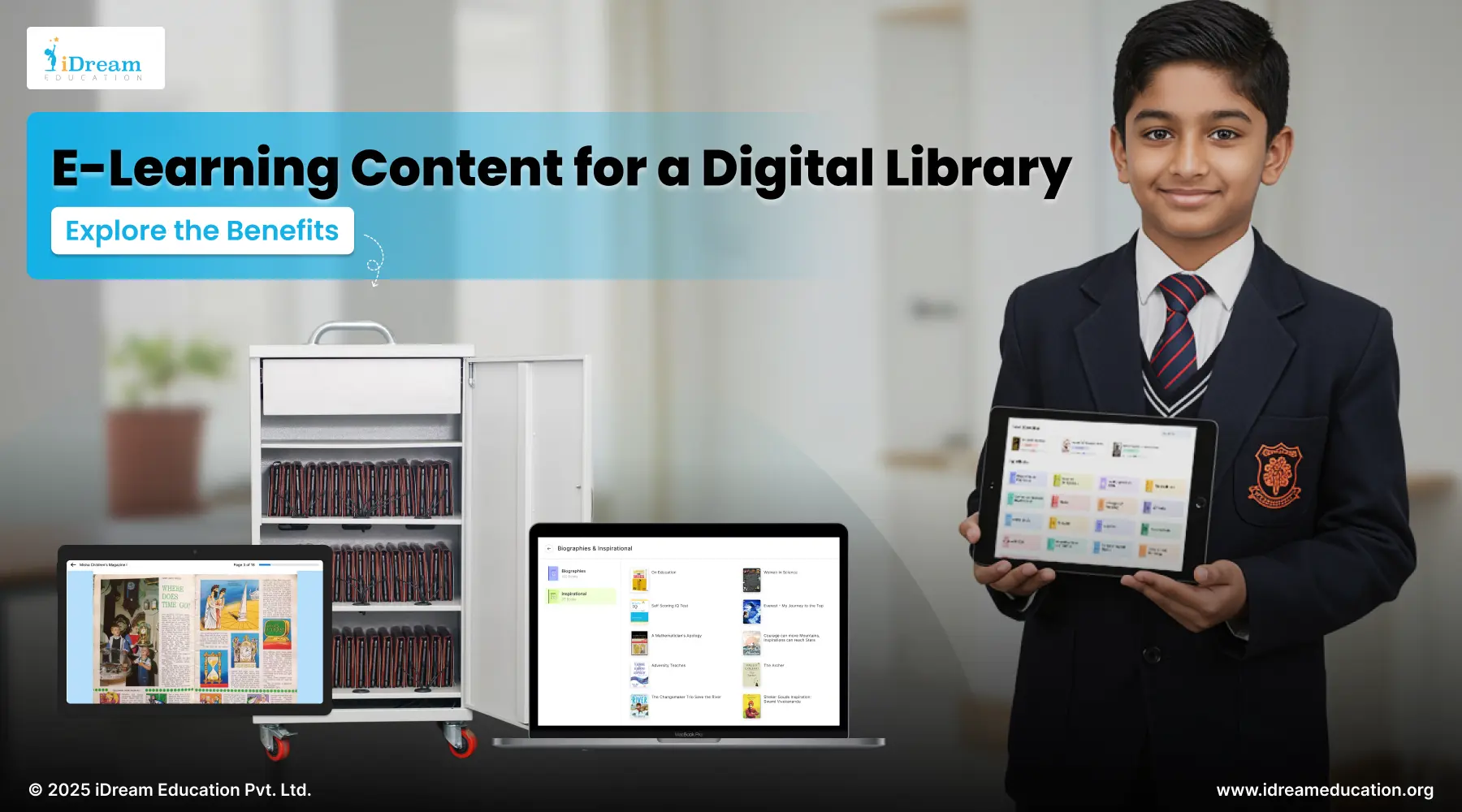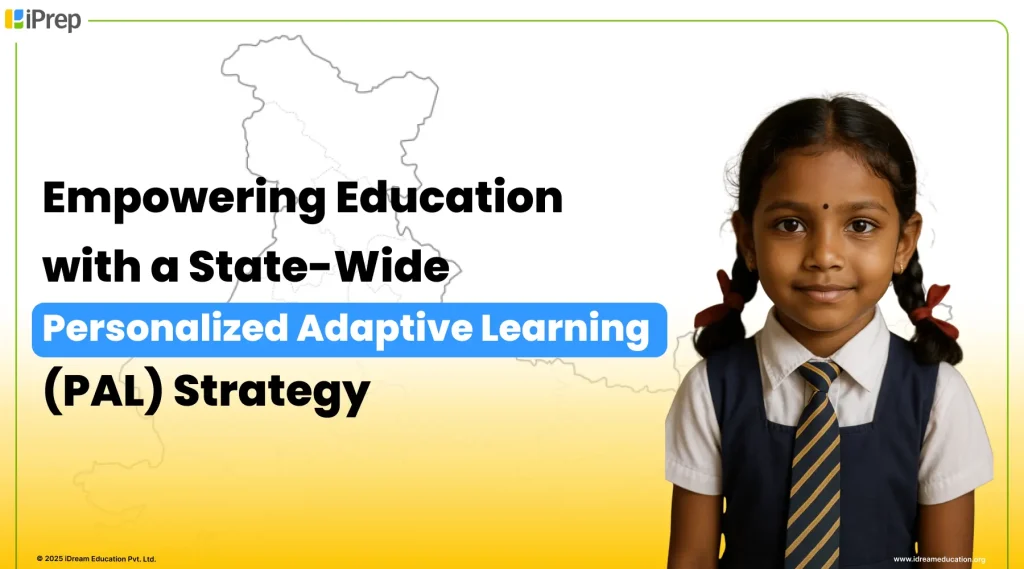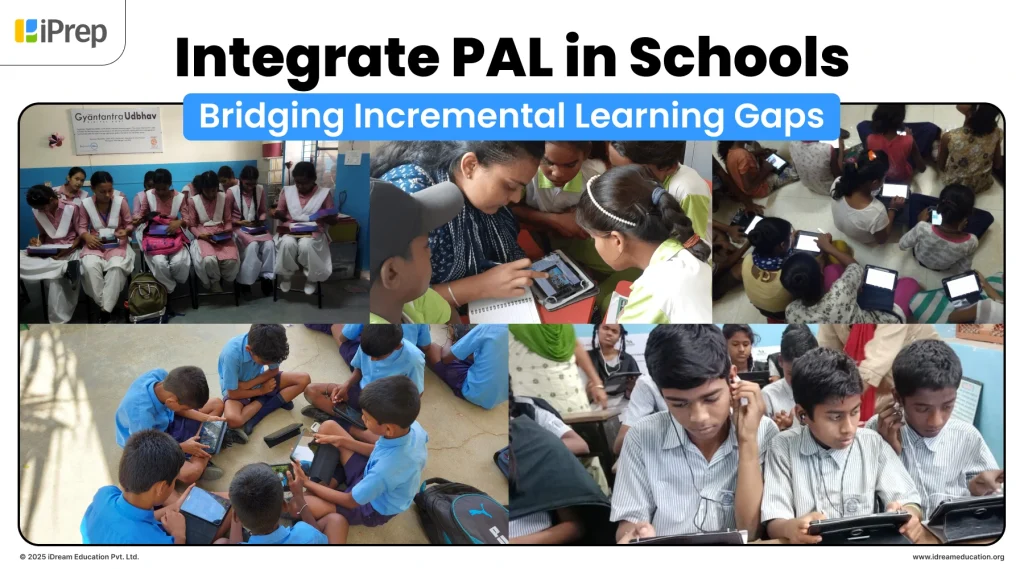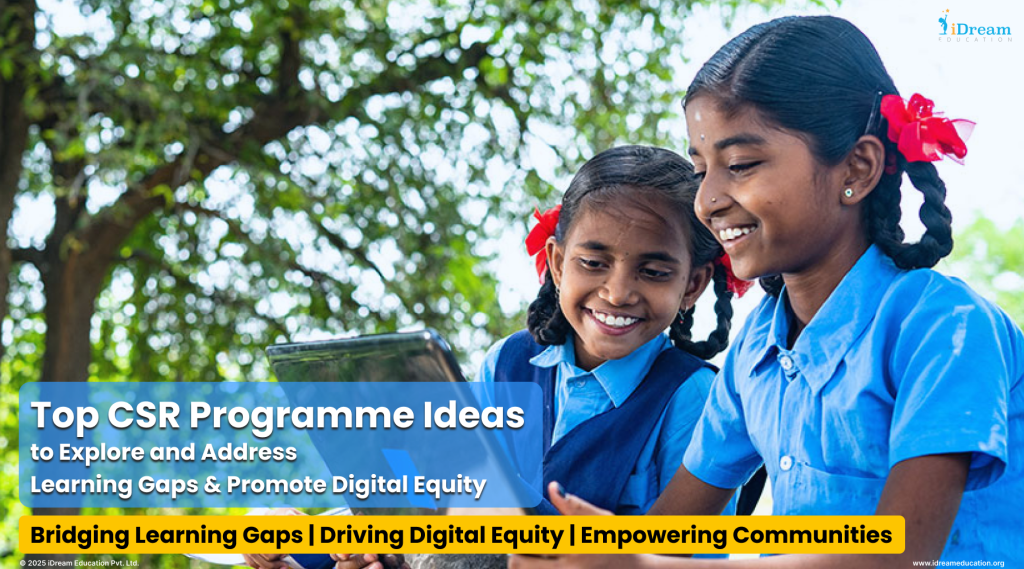
As Indian classrooms embrace digital learning, libraries are transforming from silent rooms filled with shelves to dynamic spaces of discovery. But today’s digital library is not just a collection of e-books, it’s a complete learning ecosystem that shapes how students explore, teachers teach, and schools deliver equity in access.
But with so many platforms and tools available, the challenge for schools is in choosing digital library resources that truly integrate with classrooms, support teachers, and engage students in meaningful learning.
A well-designed digital library does more than store content. It creates a structured, curriculum-aligned learning experience where every student can read, explore, and grow at their own pace online or offline. The right platform turns access into impact, helping schools bring quality learning to every child, anywhere in India.
Growing Need for Digital Library Resources in Indian Schools
The growing focus on digital learning has changed how schools view libraries. For many schools, it’s no longer about shelves or collections, it’s about providing every student an equal chance to access updated, relevant, and engaging resources.
Yet most schools, especially in government and low-resource areas, still depend on limited or outdated physical collections. Students in these classrooms are eager to explore more, but their access stops where the book supply ends. Digital libraries solve this by bringing a significantly larger number of books, stories, and learning resources directly to students anytime, anywhere.
But true impact comes when these platforms go beyond access:
When they are structured around a curriculum, inclusive of local languages, and usable even without internet dependency. That’s what makes the new generation of digital libraries so essential they don’t just store information, they extend opportunity.
Why India’s Expanding Digital Libraries Still Struggle to Reach Every Learner
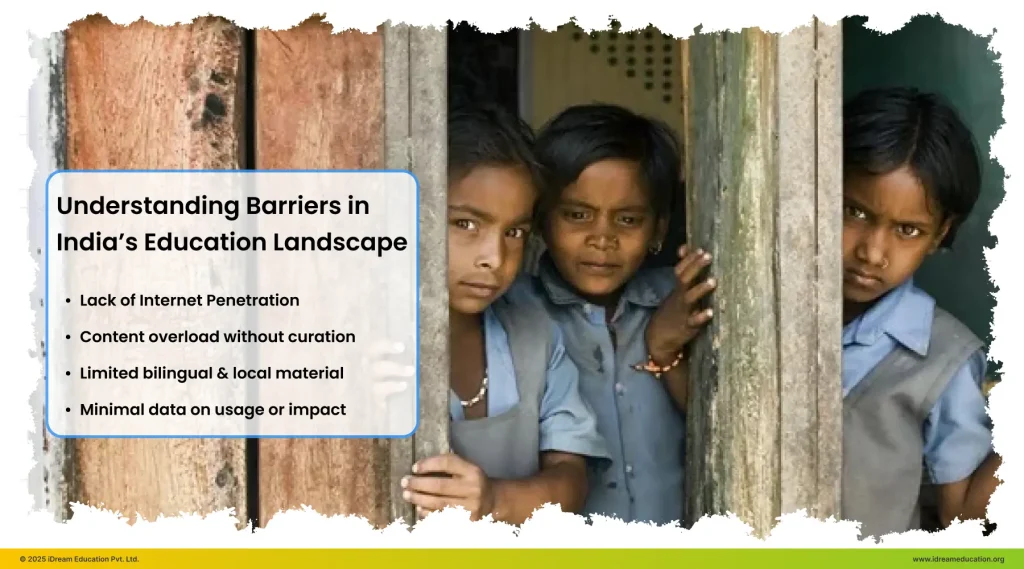
India’s push for digital learning has opened doors of access for millions of students.
Platforms such as the National Digital Library of India (NDLI) and the CBSE Digital Library now host a wealth of e-books, research journals, and multimedia lessons, a remarkable step toward democratizing education.
Yet, in many classrooms, these digital resources remain underused.
Teachers and students value the idea of access, but the reality is often different. Low bandwidth, excess e-library content without clear guidance, and limited local-language options make meaningful usage difficult.
Common hurdles remain clear:
- Dependence on continuous internet access.
- Content overload without curation by grade or relevance.
- Limited bilingual and local-language reading material.
- Minimal data to show how resources are being used or what outcomes they drive.
These challenges remind us that digital access is only the first step. Schools make a real impact when they adopt structured, inclusive, and trackable digital library systems that not only provide resources but also ensure teachers and students use them meaningfully every day.
What to Look For: The Ideal Digital Library Solution for Schools

Digital libraries make a real impact when teachers and students use the e-library content meaningfully every day in actual classroom settings, not just because of the amount of content available.
When choosing digital library resources for schools, the goal should be to create a connected system structured, inclusive, and capable of driving measurable learning outcomes. Its guide on his expertise ensures a smoother digital library setup.
Here are the key features that define a truly impactful digital library solution:
Structured and Curriculum-Aligned Access
An effective digital library is not a random collection of e-books or videos. It organizes content by grade, subject, and medium, mapping resources directly to the curriculum. This alignment helps teachers and students use every piece of content effectively for teaching and revision, rather than treating it as just supplementary material.
Offline and Multilingual Access
Reliable internet is not always available. An ideal digital library ensures seamless offline access through preloaded content on devices or local servers. Resources in English, Hindi, and local languages foster inclusion by letting students from diverse backgrounds engage meaningfully.
Usage Data and Real-Time Insights
An impactful digital library provides data transparency, enabling schools, NGOs, and CSR partners to track how they use resources.
Usage analytics such as active readers, time spent, and most-accessed topics empower educators to identify trends, design reading drives, and measure learning engagement in real time.
Diverse and Engaging Reading Resources Categories
A digital library must go beyond academics to spark curiosity. Fiction, biographies, poems, skill-building, e-library material, and interactive modules help students connect learning with real-life experiences. This diversity turns reading from a task into a habit.
Teacher Empowerment and Continuous Support
Teachers are the bridge between technology and the learner. A good digital library should empower them with lesson plans, reading suggestions, diagnostic tools, and regular orientation. When teachers feel confident using digital tools, students naturally follow.
Selecting the right digital library partner is not just about comparing features, it’s about finding alignment in purpose, process, and impact.
When schools and partners work in sync, digital learning transforms from a setup to a sustained experience of engagement and growth.
Selecting the Right Digital Library Partner or Solution Provider
Choosing the right platform goes beyond features, it’s about finding a partner who understands your goals.
Here’s what to look for when evaluating a digital library solution provider:
End-to-End Implementation Capability
An effective digital library partner goes beyond installation. They take responsibility for the full implementation journey from onboarding teachers and integrating curriculum-aligned e-library content to providing ongoing technical and pedagogical support. This ensures the system is not just deployed, but meaningfully adopted across classrooms.
Curriculum Mapping and Local Relevance
Schools should tailor the chosen solution to their academic realities. They must map content to state and CBSE curricula, include bilingual and local language options, and align it with grade-level expectations. This contextualisation helps teachers connect lessons to classroom needs and ensures students learn in familiar, accessible formats.
Offline and Device Flexibility
Digital learning must adapt to varying school infrastructures. The ideal provider supports flexible deployment on tablets, interactive panels, or local servers and enables offline access where connectivity is unreliable. This flexibility allows equitable access across schools, regardless of geography or resources.
Impact Reporting and Continuous Support
A digital learning system should include real-time usage analytics, progress tracking, and regular feedback loops. Along with the technology, schools should receive sustained support from dedicated teams who help interpret data, resolve issues, and strengthen long-term adoption and engagement.
Proven Experience with Schools and CSR Programmes
Select a partner with demonstrated success in working with schools, NGOs, and CSR foundations. Their experience in managing diverse education programmes gives them a deep understanding of accountability, scalability, and field realities. This expertise leads to smoother implementation and measurable impact.
This experience ensures the programme that not only implements but also creates real impact and produces report-ready results.
So, once these factors and the right partner come together, the digital library stops being just a tool, it becomes a catalyst for deeper engagement, curiosity, and confidence among students and teachers alike.
Partnering for a Future-Ready Digital Learning Ecosystem
Over the last nine years, iDream Education has worked closely with CSR foundations, NGOs, and schools to take digital learning where it matters most into classrooms, reaching every learner.
If your organisation is looking to move from installation to meaningful adoption, we’d love to collaborate. Together, we can build digital library ecosystems that are inclusive, offline-ready, and designed for measurable learning impact.
Connect at +917678265039 or write to us share@idreameducation.org. You can also share your details here.

